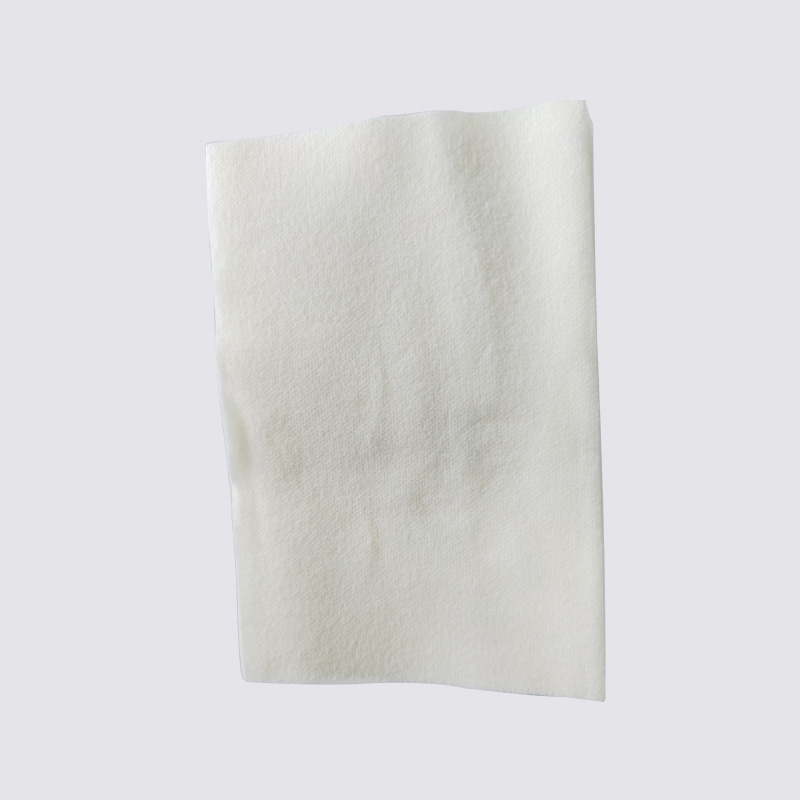Pearl pattern, also known as purl stitch, is a popular knitting stitch that creates a bumpy texture on the fabric. It is commonly used in knitting patterns to add depth and dimension to a design, and it is easy to learn and execute. In this article, we'll explore the basics of the pearl pattern and how to create it.


The pearl pattern is a type of knitting stitch that creates a bumpy texture on the fabric. It is achieved by alternating knit stitches and purl stitches in a row. When the knit stitches are worked on the right side of the fabric, they appear as a V shape, and when the purl stitches are worked on the wrong side of the fabric, they appear as a bump or pearl.
The pearl pattern is commonly used in knitting projects to create texture, such as in scarves, sweaters, hats, and blankets. It can be used alone or in combination with other knitting stitches to create various designs.
Make sure you keep a consistent tension when working the pearl pattern. Too loose or too tight stitches can affect the overall appearance of the fabric.
It's important to keep track of which row you're on when working the pearl pattern. If you lose track, it can be difficult to identify whether you should be knitting or purling.
The pearl pattern can be worked in different ways, such as by alternating between knit and purl stitches every two rows or by working the knit and purl stitches in a different order. Experiment with different variations to achieve the desired effect.
When switching between knit and purl stitches, make sure to move the yarn to the back of your work for knit stitches and to the front for purl stitches.
The pearl pattern is a simple yet effective way to add texture to your knitting projects. With a little practice, you can master this versatile stitch and use it to create beautiful designs. Whether you're a beginner or an experienced knitter, the pearl pattern is a great addition to your knitting skills.




